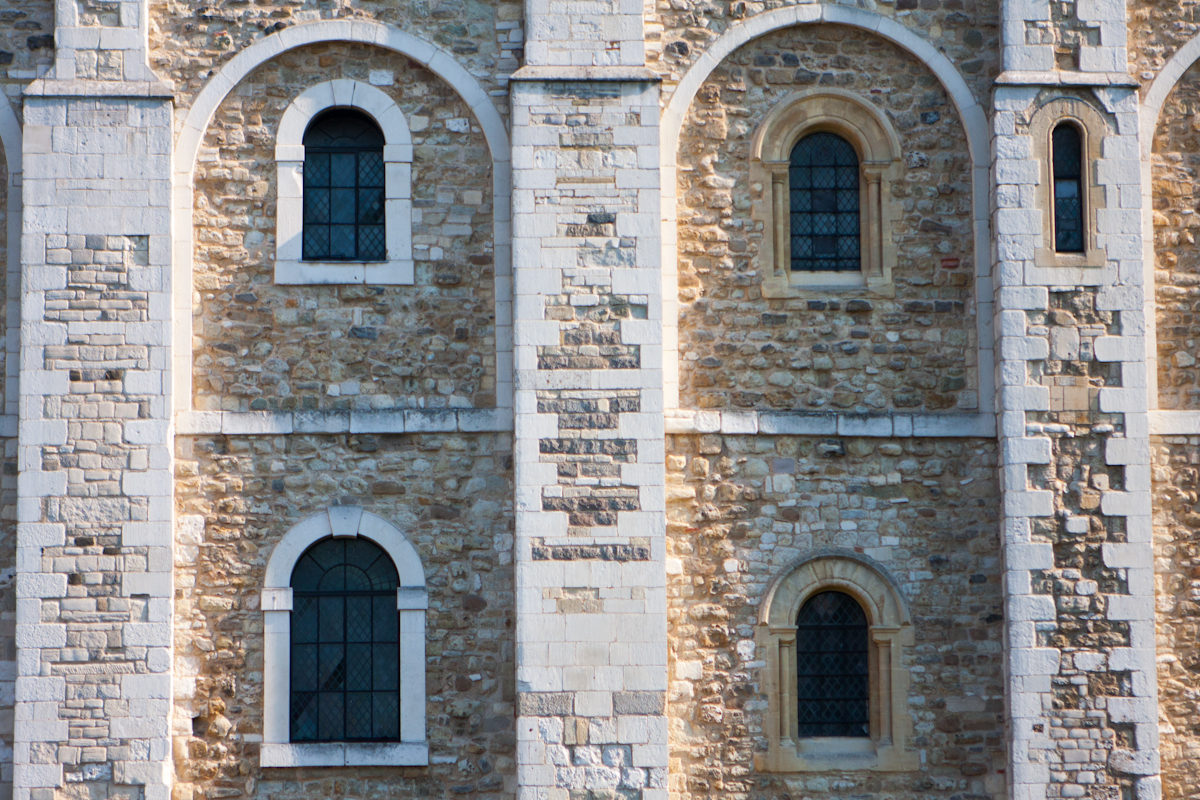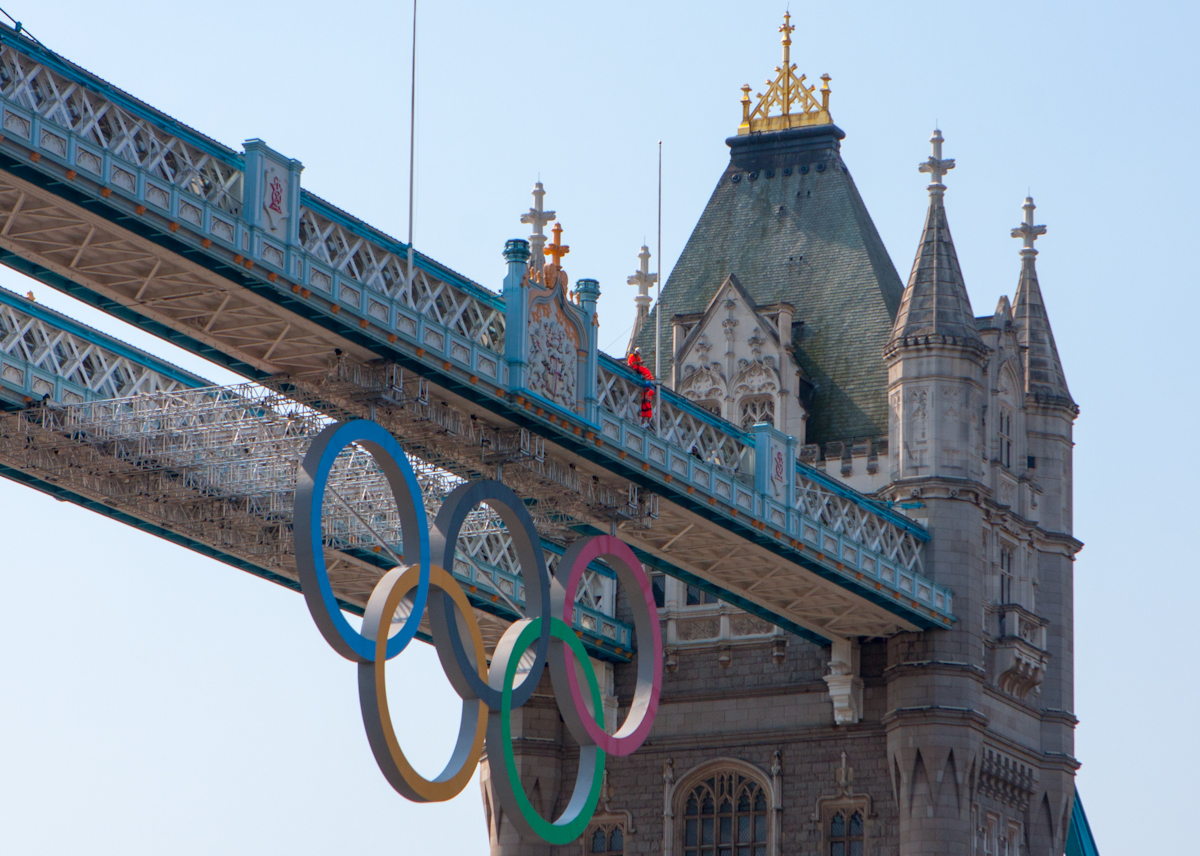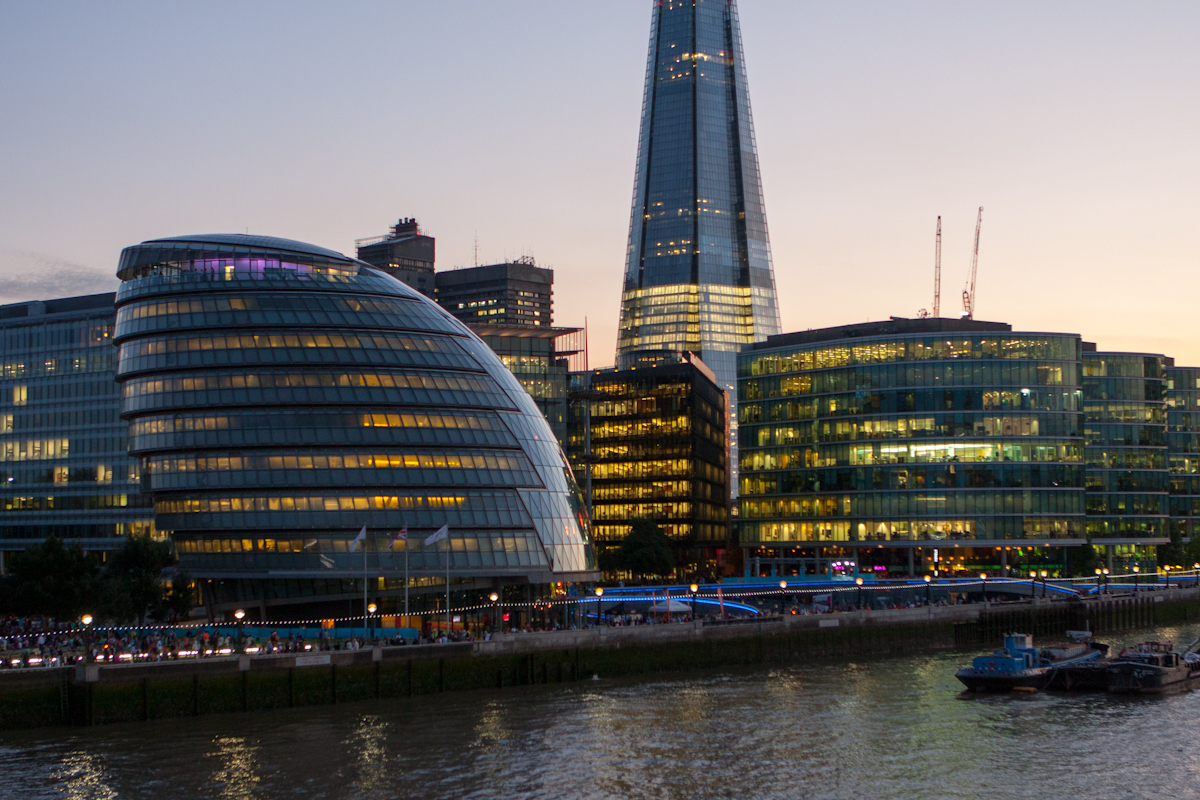Crocodiles are ambush predators, waiting for fish or land animals to come close, then rushing out to attack. Crocodiles mostly eat fish, amphibians, crustaceans, molluscs, birds, reptiles, and mammals, and they occasionally cannibalize on smaller crocodiles.
What a crocodile eats varies greatly with species, size and age. From the mostly fish-eating species like the slender-snouted and freshwater crocodiles to the larger species like the Nile crocodile and the salt-water crocodile that prey on large mammals, such as buffalo, deer and wild boar, diet shows great diversity.
Diet is also greatly affected by size and age of the individual within the same species. All young crocodiles hunt mostly invertebrates and small fish, gradually moving onto larger prey. As cold-blooded predators, they have a very slow metabolism, so they can survive long periods without food. Despite their appearance of being slow, crocodiles have a very fast strike and are top predators in their environment, and various species have been observed attacking and killing other predators such as sharks and big cats.



